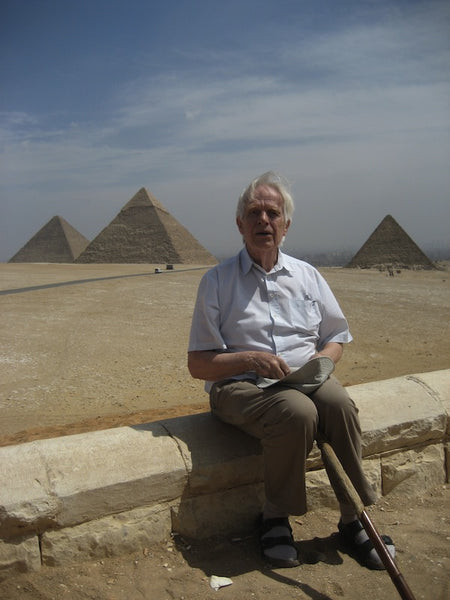The Seven Stages of Practice Essential to Musicians
Introduction

Hans Erik Deckert, a wonderful friend, human spirit, musician, conductor and cellist departed this world on the 8th of August, 2022. Realizing that Hans Erik is not here with us any longer fills my soul with sadness but at the same time there is also an incredible amount of joy and appreciation to Hans Erik for all that he has created and that we can all learn from. The last thing that Hans Erik wrote was a wonderful book: ‘Führer Command, We Follow You ...’: A Musician's Account of Growing Up Under Hitler's Dictatorship that was published one month before his death. In addition to his written works, Hans Erik also created an incredible number of excellent arrangements for cello ensemble.
-Hans Jensen
Here is a short article by Hans Erik Dekert titled: “The Seven Stages of Practice Essential to Musicians.”
The Seven Stages of Practice Essential to Musicians
by Hans Erik Deckert
Practice is an individual process. The choice of studies is not subject to pedantry; the ever-present ‘here and now ‘determines how you should proceed in each session. Every single exercise can be studied under each of the following seven stages of practice. Practicing is usually hampered by two main errors: the stages of analysis are too superficial, and the stages of synthesis are generally missed out altogether. Ideally these two factors – analysis and synthesis – should complement one another, a conscientious control of the details offers a better chance of grasping the whole. Practice has its own breathing-process, which oscillates between thinking and forgetting.
1.Sketch a musical image of the work:
Read and play through the work. There are no details at this stage.
2. Build up the musical image:
Perform your initial musical and technical analysis: bowing, fingering, and introductory practice.
3. Refine the musical image:
Work out the technical basis systematically with strict control over every technical action and pay close attention to every detail. Explore a variety of methods & exercises.
4. Start to realize the musical image
Begin to synthesize practice-elements through conscious coordination of left-hand fingering and right-hand bowing aiming for complete control of this coordination / “The Marriage Between the Left and Right Hands” (William Pleeth).
5. Refine your realization of the musical image:
Begin to let your bow conduct every aspect of your playing with complete control behind it. Practice ‘remote control’ of various actions through bowing so that you can regard each bow-stroke as preparation for the next one.
6. Full realization of the musical image
Allow the instrument to play you, not vice versa. Conscious control of technique is forbidden at this stage but control the musical structure carefully.
7. ‘Con Amore‘
Music can only transcend through freedom and total lack of resistance. Don‘t think about anything, don‘t try to force anything.
Translated from the German by Juliana Hodkinson

To learn more about Hans Erik Deckert, view his Ovation Press editor profile where you can also see his arrangement of Giovanni Gabrieli’s Canzone e Sonate, as well as an original composition Canzona for cello ensemble.
